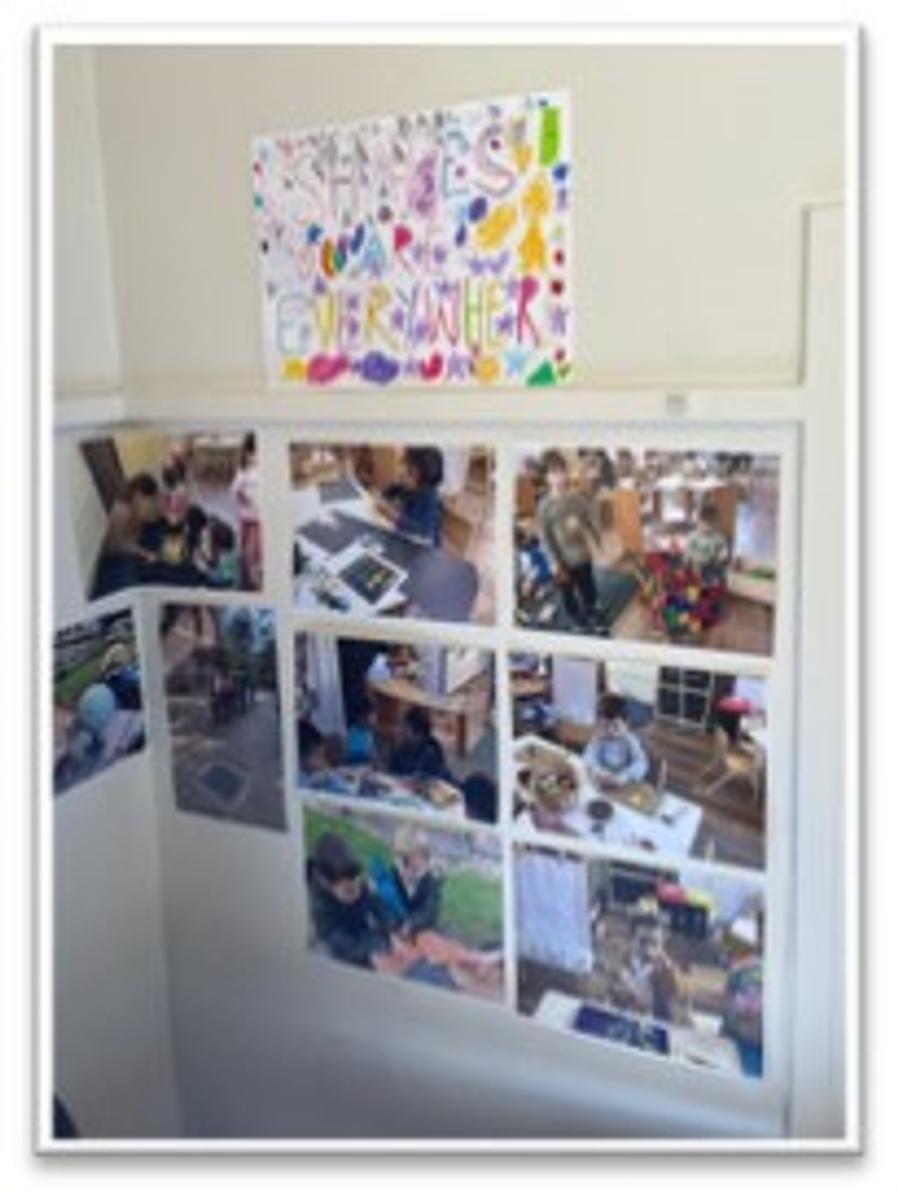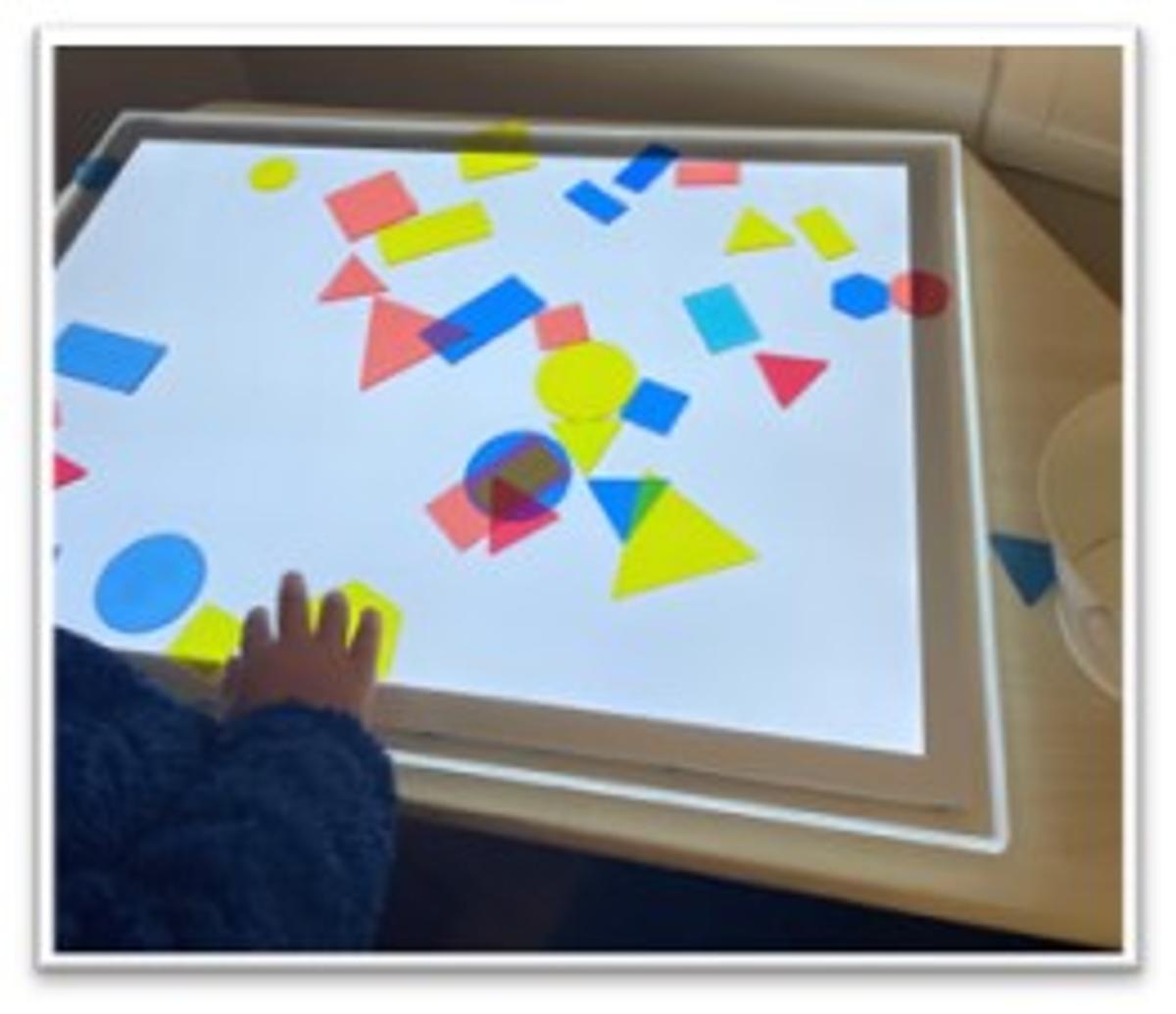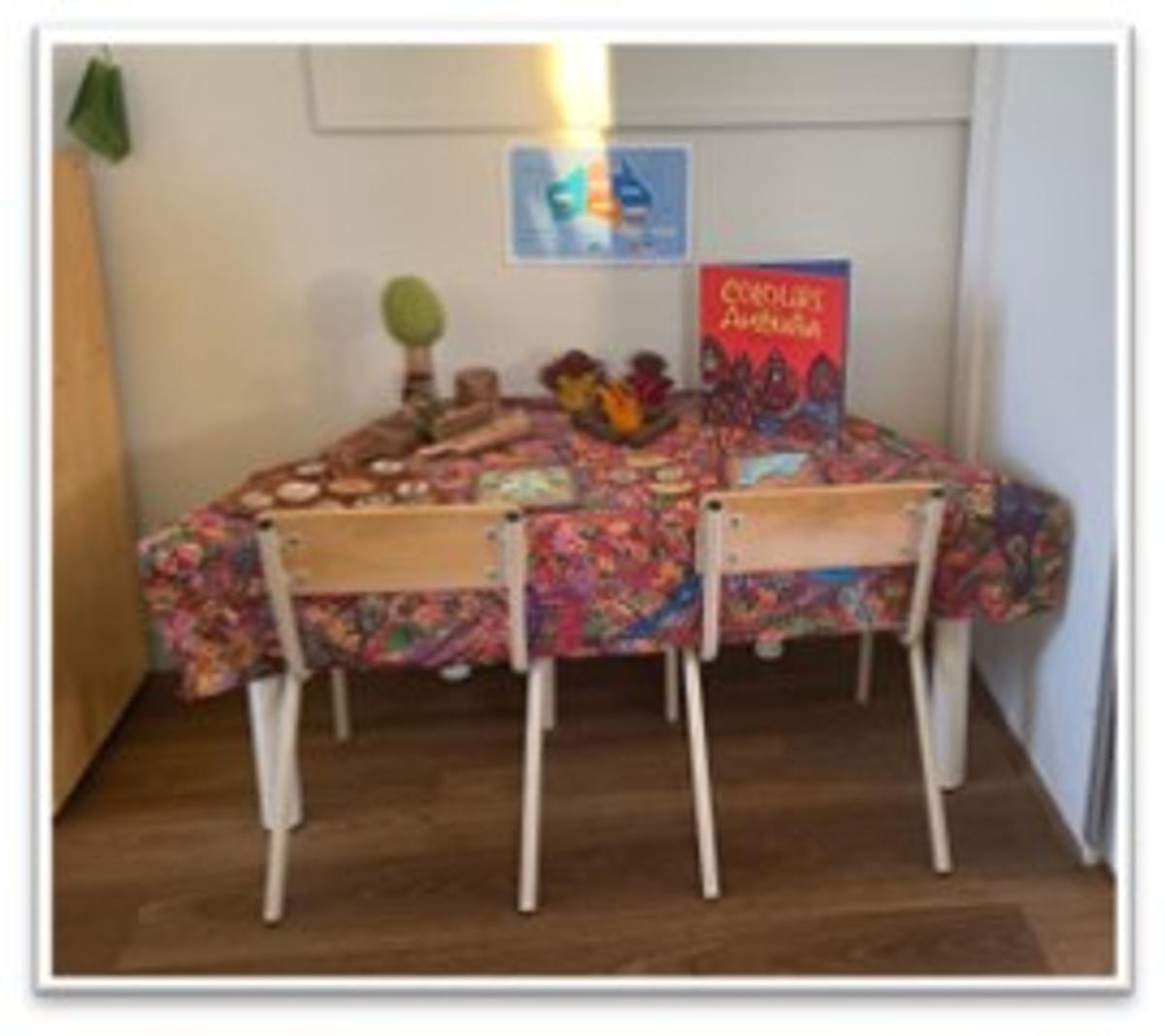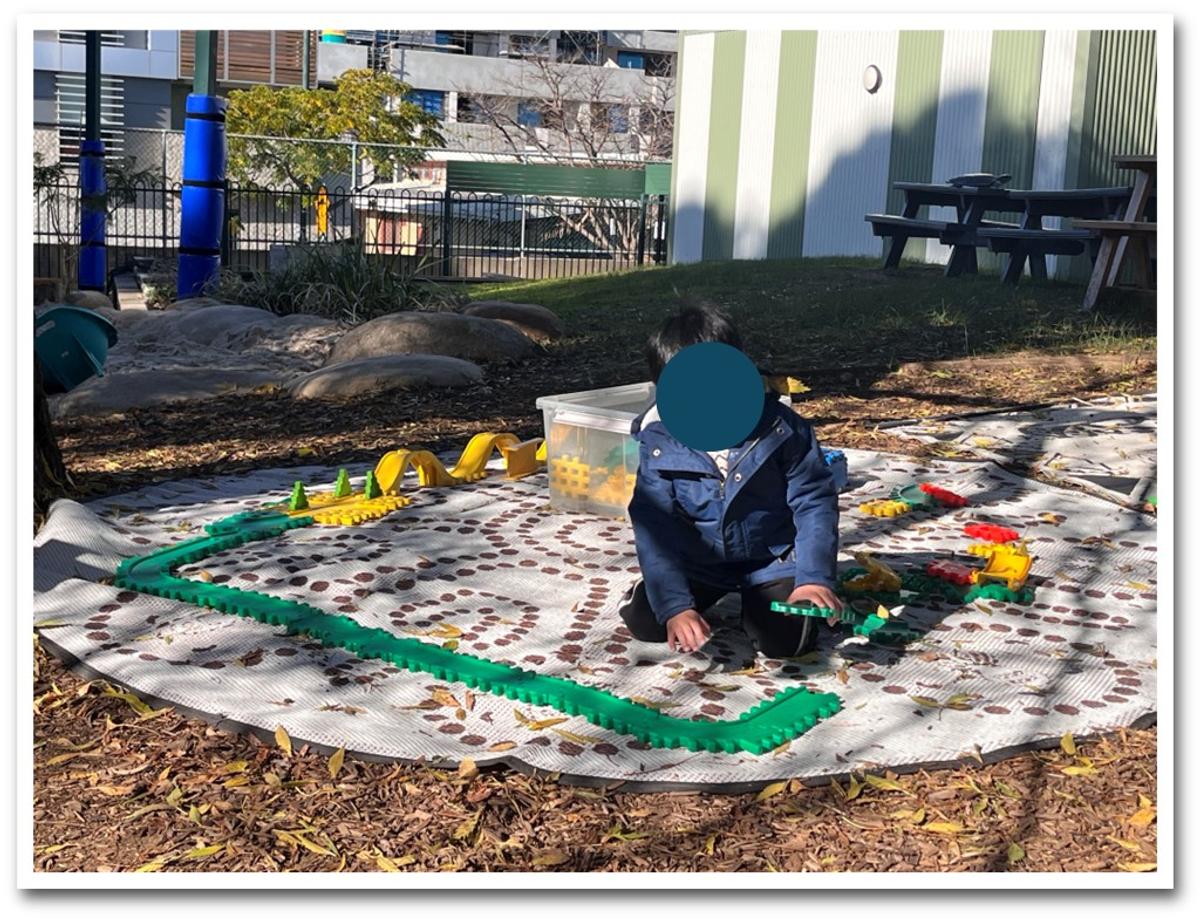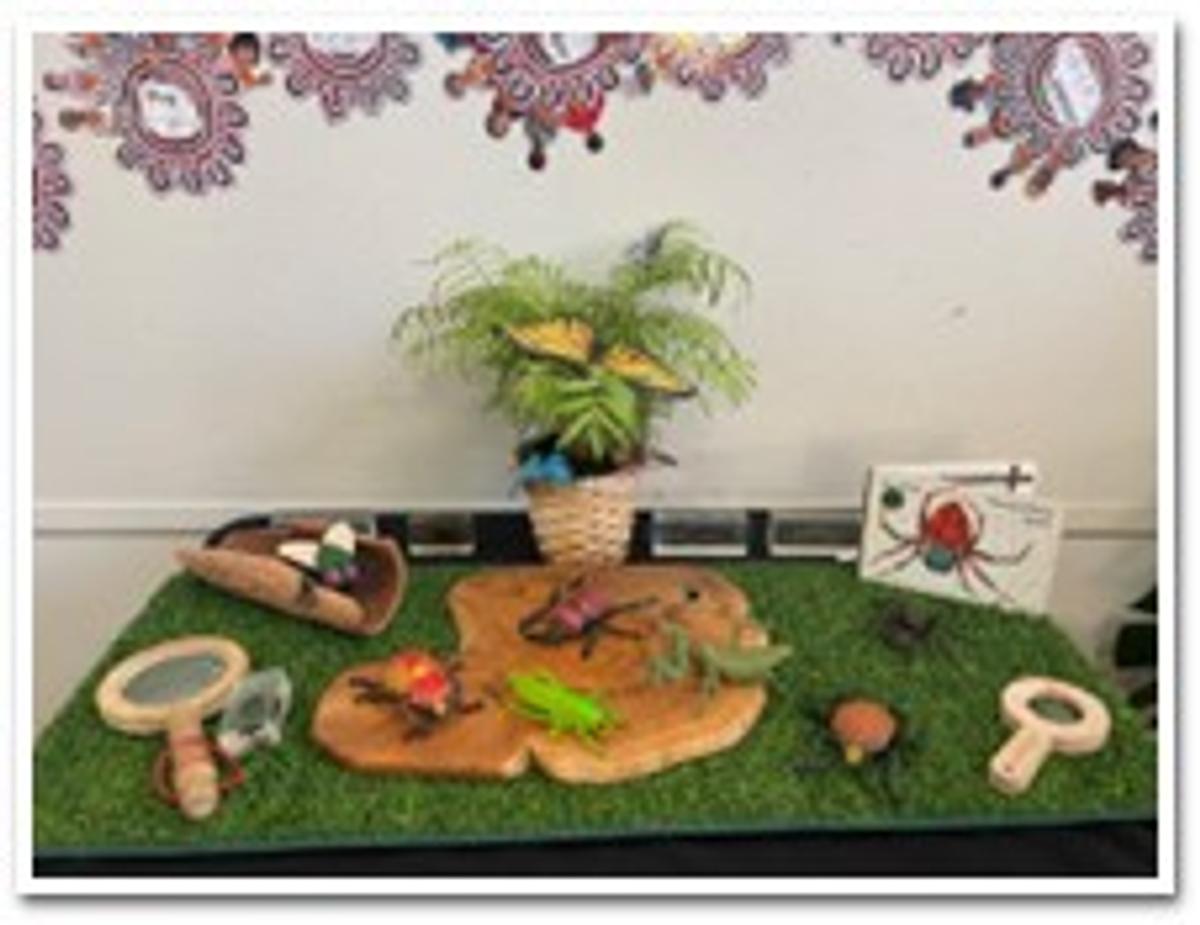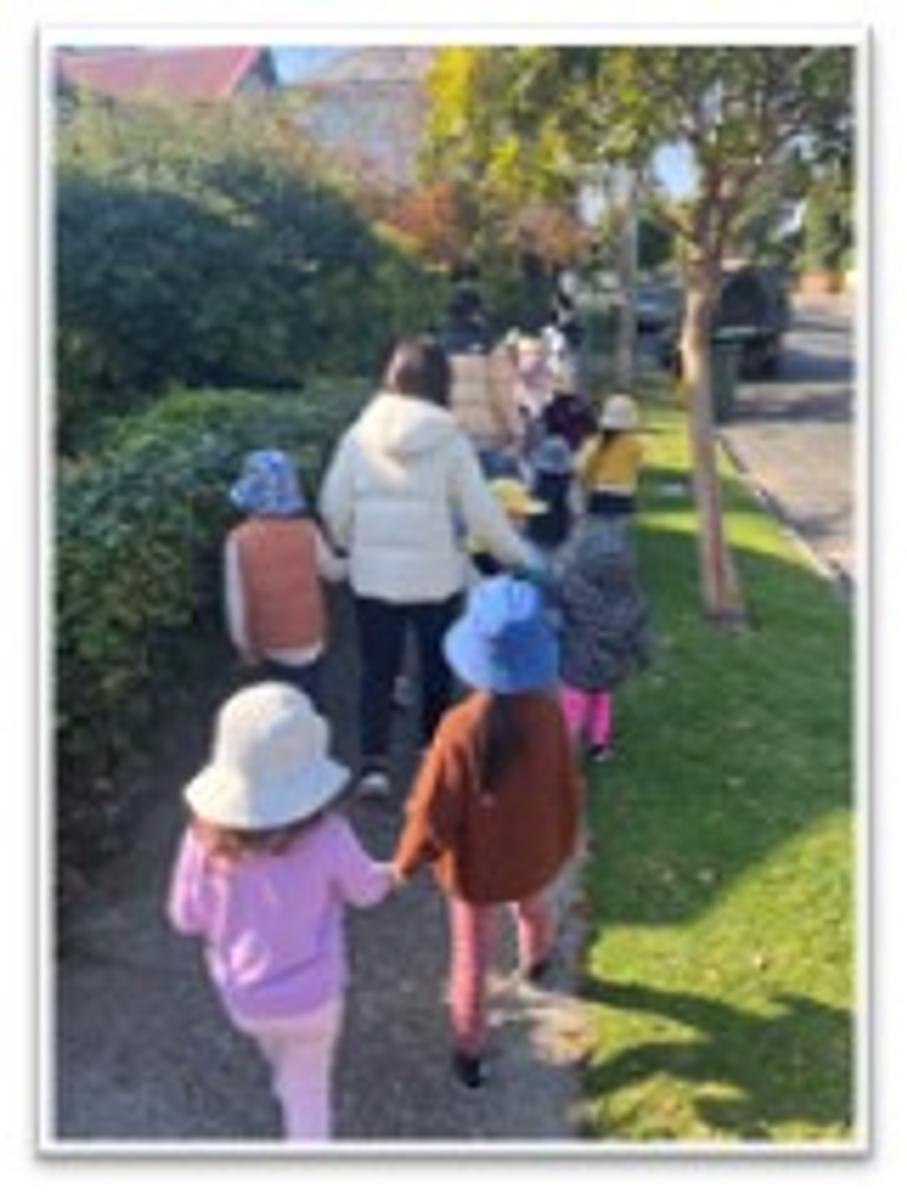Glen Education Caulfield Primary
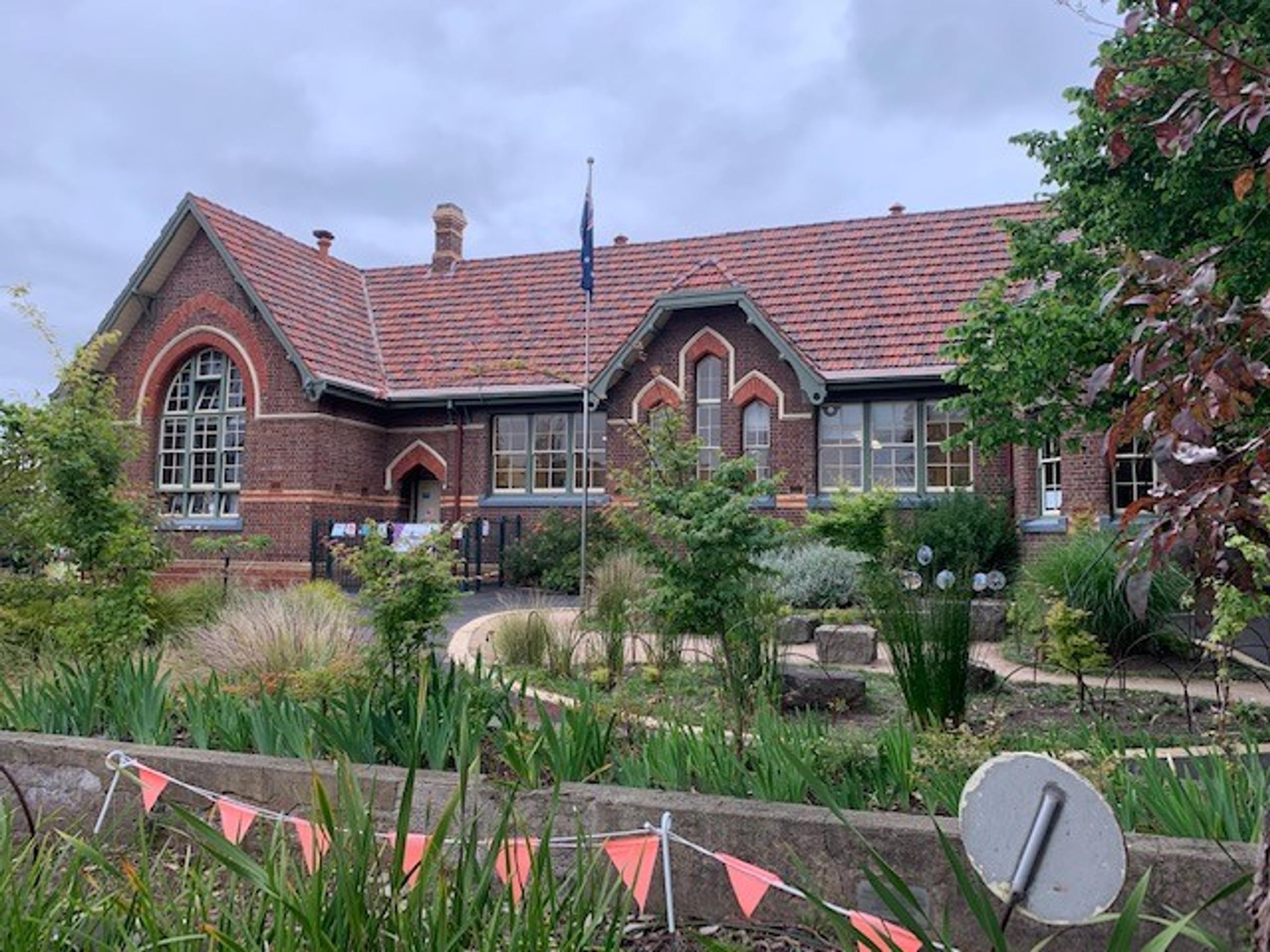
Shared Learning Environments
By Nora Crameri and Carissa Macky,
Early Childhood Educators
Glen Caulfield Primary Kindergarten is uniquely located within the grounds of Caulfield Primary School in a beautiful heritage building with a large outdoor play area. We are connected to the school and community through our location and a shared Japanese bilingual programme. Our distinctive building is easily recognised in our local community and has a long history of providing a space for educational and community experiences. As our Kindergarten’s architectural design is firmly rooted in a more structured approach to early childhood education, as a team we must be creative and innovative in how we provide a learning environment which supports our play-based program.
Our team strives to create a welcoming, inclusive and engaging Kindergarten that considers all aspects of the learning environment. We believe that our environment is not only the physical building and resources available, but also encompasses how children feel in the space and how their learning is engaged, supported and challenged. Examples of our strategies are having resources easily accessible to promote curiosity and a sense of agency, modelling respect and kindness, using open ended questions to encourage deep thinking and displaying family photos to strengthen the connections between home and Kindergarten. We continually reflect on all aspects of our environment and seek feedback from children, families and educators on how we can improve and promote children’s learning.
The following examples illustrate some recent intentional choices we have made in our environments to enhance children’s learning and promote their sense of belonging and connection.
When children showed an interest in shapes, educators created an area with a light box and a variety of transparent shapes. This encouraged children to explore geometric properties of shapes and how they could be arranged and manipulated. This activity was expanded to searching and identifying shapes, decorating a poster, displaying photos of children interacting with shapes and linking to Japanese language. A simple interest in shapes resulted in multimodal learning opportunities where children were able to explore a concept through construction, mathematics, literacy and art.
Children sometimes search for a quiet, calm space to take a break, among a busy kindergarten room. A quiet area for two with beautiful decorations and Indigenous items was created to coincide with the recent National Reconciliation Week. This peaceful nook deliberately faces away from the main area and includes books, puzzles, soft tactile dolls and Indigenous symbols to provide opportunity for relaxing and secluded play, as well as encouraging connection with Indigenous culture.
Although our indoor and outdoor environments are not visually connected, we recognise children’s sense of agency to play where they are most engaged. In this photo, a child was focused on construction and wanted to complete his idea even though most peers had returned indoors. We utilised two-way radio communication to enable educators to supervise children across different areas of the Kindergarten, allowing him to finish his masterpiece and demonstrating that his ideas are supported and valued.
An insect table is always popular, and this one was inspired by children bringing in bug catchers from home and sharing their findings with the group. The area has natural materials, real specimens, models, magnifying glasses, fiction and non-fiction books. Not only does this encourage play and curiosity, but it strengthens the connections between home and Kindergarten and fosters a sense of belonging.
Our Japanese bilingual program is evident in all areas of our learning environment, through literacy, numeracy, language, art and culture. It helps our children with a Japanese background feel a sense of belonging at kindergarten, as well as encouraging all children to explore Japanese language and culture, linking them with peers and the local community. This is particularly important for our kindergarten as many children will go on to attend bilingual Caulfield Primary School. In this photo, a child selected building blocks with Japanese hiragana characters to play with.
The child lined up the blocks and excitedly said, “I’m writing a letter to Mummy in Japanese!”.
Exposure to Japanese characters allows children to explore literacy in other languages and make meaning from symbols. It stimulates and provokes thinking and provides opportunities to communicate in different ways.
The learning environment does not stop at the kindergarten gate but extends out and into the wider community. We often utilise the front garden for play, the school grounds for walks, visits to the library, attendance at events and trips to the playground. We also enjoy exploring the local area, taking walks into the community, exploring our neighbourhood, identifying and talking about familiar people and places. These outings are fun and play an important role in allowing children to be active participants in their learning and community, encouraging them to belong, connect and contribute to their world.
"Environments that support learning are vibrant and flexible spaces that are responsive to the strengths, culture, languages, interests and capabilities of each child, and reflect aspects of the local community"
Source: Belonging, Being and Becoming - the Early Years Learning Framework for Australia, (2022), Australian Government Department of Education

